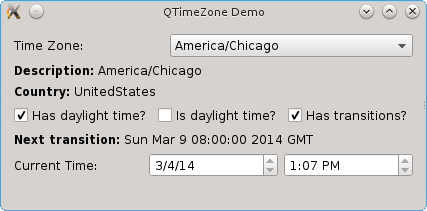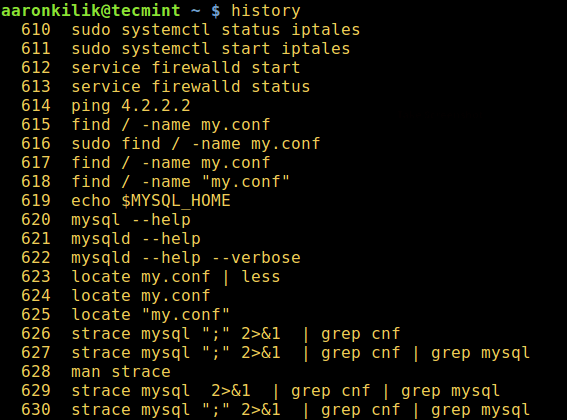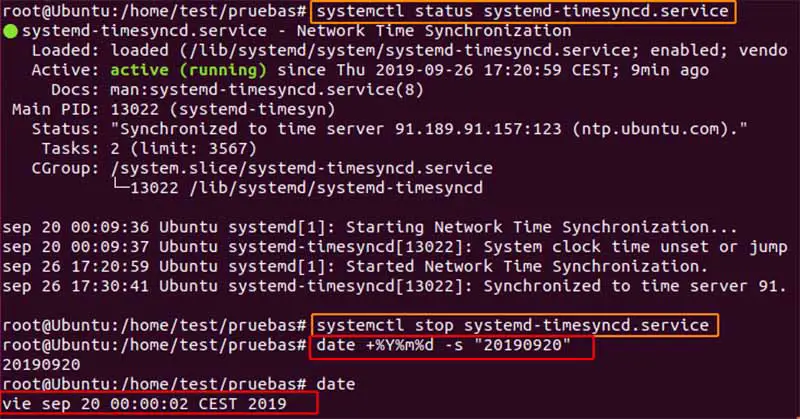

To view the current date and time, run the timedatectl command without any argument and option. You can set date and time of your system using -s or set option as shown below.
#Linux setdate how to#
In this part, we will understand how to use the timedatectl command to view and change the date and time, sync time between clocks and change the time-zone. Setting date, time, and time-zone using the date command The previous part of this tutorial is available on the following webpage. I have already explained how to use the date command to manage the hardware clock and system clock in the previous part of this tutorial. It not only provides all functionally of the date command but also offers a lot of advance features and functions such as syncing time between clocks and changing time-zones.

It only provides essential functions such as viewing and setting the date and time. The date command is a shell's built-in internal command. On Ubuntu, to manage time and set clocks, by default two commands are available: date and timedatectl. If you set the date and time manually, you can't sync the date and time with the NTP server. If you use the sync option, you can't set the date and time manually.Hardware clock and system clock can be set manually or can be synced from an NTP server.Since the network time is provided by the external NTP server, you cannot change it. Network time is used to sync the system clock and hardware clock.Because of this, the date and time of the hardware clock and system clock can be set or changed. The hardware clock and system clock are installed on the local system. You can use the date command to display the current date and time: date Tue May 11 22:27.If you make the change, you’ll see a warning about the dire effects this may have on your system in the future. It’s possible to have your real-time clock set to your local time zone time instead of to UTC-possible, but inadvisable. If you have internet access, as soon as you restore the time synchronization service the time is retrieved and all of the details are correctly reset. We’re also informed that the system clock is not being synchronized and the NTP service is inactive. Also, note the computer is using a false UTC time. We’ll then check that the changes have taken place, using timedatectl. We’re going to set the time and date with this command: timedatectl set-time " 10:30:00" dates are in year-month-day order YYY-MM-DD, and time is in hours-minutes-seconds order HH:MM:SS. You can set the time, the date, or both using the timedatectl set-time operator. That’s why it is vital that your computer knows which timezone it is, what UTC time is, how many seconds have passed since the Unix epoch, and whether daylight savings time is in effect. Or, more accurately, the conversion is performed by the time and date libraries that the application is linked to. The conversion from UTC to local time is done by the application, not the system clock. Take into account whether daylight savings time is in effect.Know what time zone it is in and apply the correct offset.

Any application that needs to acquire the local time needs to: If you boot up your computer or laptop and there is no internet access-or it hasn’t been configured to use NTP servers-the real-time clock is used to prime the system clock instead of an NTP Server. NTP servers are servers that provide accurate time information to computers that request it. Unless access to a network time protocol (NTP) server is possible.

Its purpose is to tell the system clock what time it is whenever Linux boots up. Another clock, a battery-backed hardware-based real-time clock, is able to run when the computer is off. Obviously, it cannot run when the computer is powered off.
#Linux setdate mac#
Warning, the above only works on Linux, not on Mac OS. The system clock in Linux computers is software-based. Just use -d (or -date) to do some math with the dates: date -d '+1 hour' '+F T' For example: date '+F T' 10:57:24 date -d '+1 hour' '+F T' 11:57:24 On Mac OS.


 0 kommentar(er)
0 kommentar(er)
